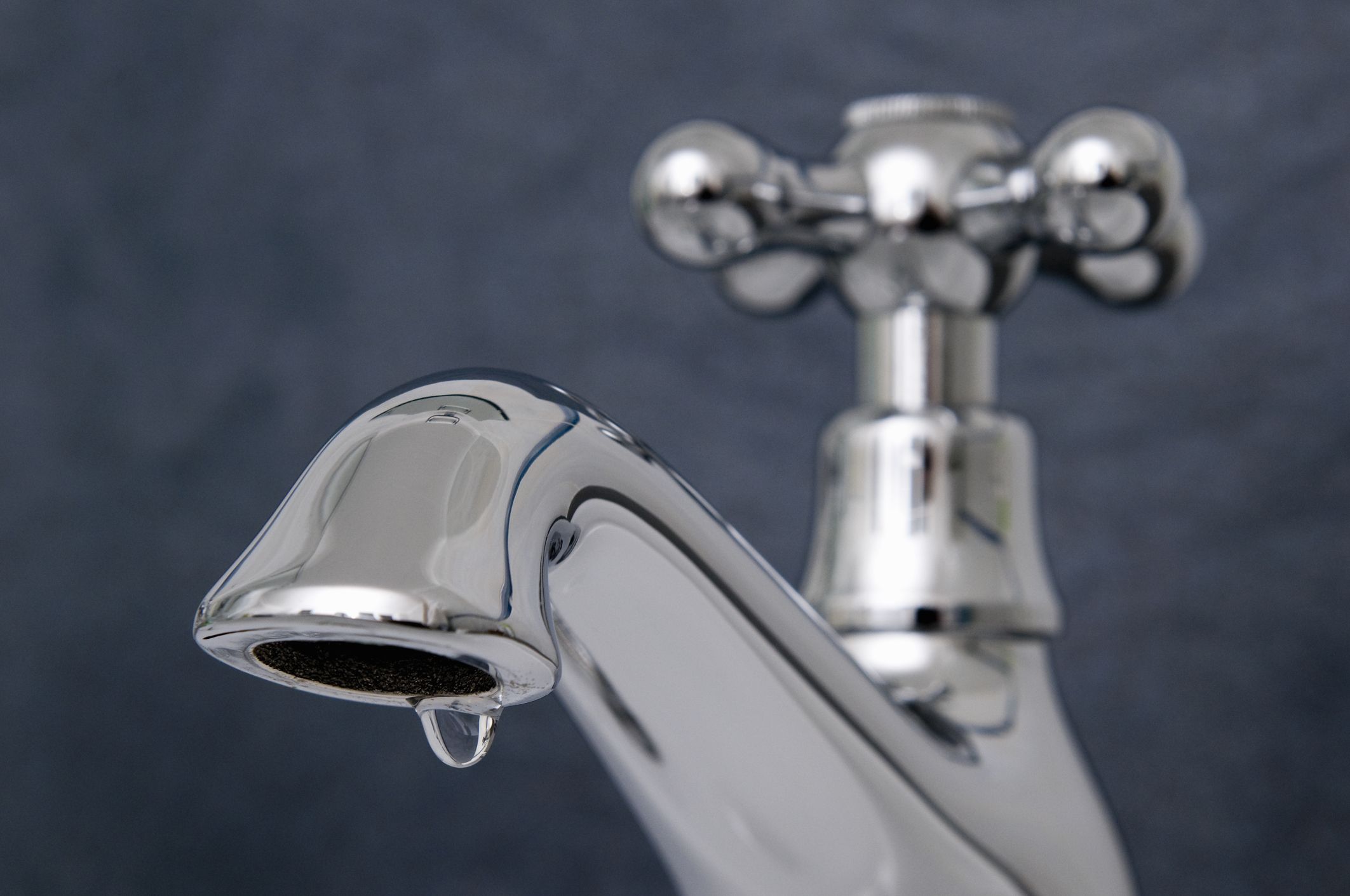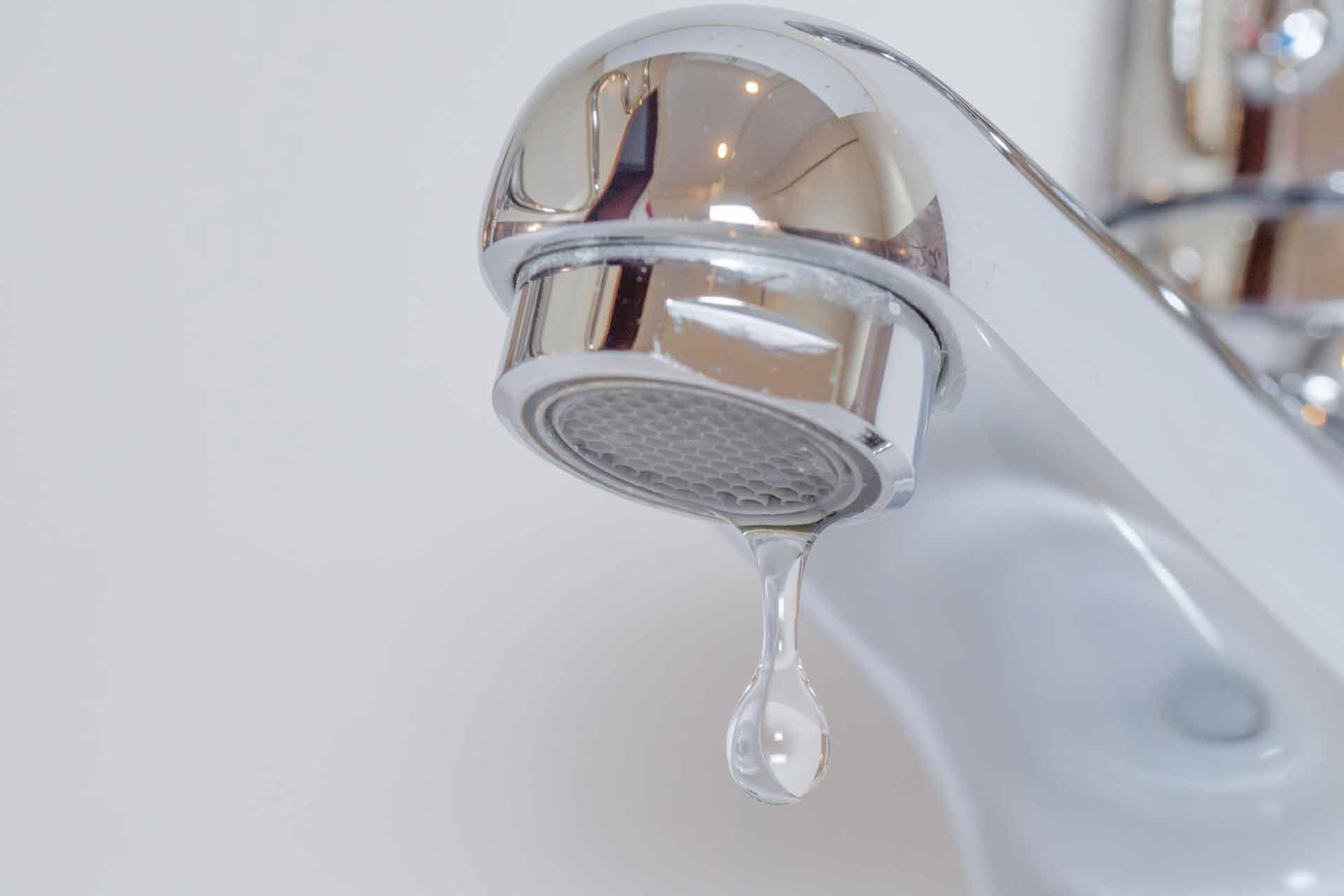Every person has got their own individual ideas with regards to Here's How to Fix a Leaky Faucet.

Intro
A leaking faucet may appear like a small inconvenience, however its consequences expand much beyond the periodic drip. Recognizing the results of a leaking faucet is critical for both property owners and the setting. In this article, we'll explore the different impacts of this usual household issue and why addressing it quickly is vital.
Sources Of Leaky Faucets
Dripping faucets can arise from a variety of variables, consisting of deterioration, high water pressure, and deterioration. In time, the constant use of faucets can lead to damaged seals and gaskets, creating leaks to establish. In addition, extreme water pressure can place stress on plumbing fixtures, bring about leaks. Rust and corrosion can additionally compromise tap components, making them vulnerable to leak.
Water Wastage
Among one of the most considerable effects of a dripping tap is water waste. Even a small drip can amount to gallons of wasted water over time. This not just drives up water costs yet also contributes to water shortage and ecological deterioration. Attending to dripping faucets immediately is critical for conserving this priceless resource and minimizing its impact on the planet.
Financial Impact
Along with wasting water, dripping taps can additionally have a significant economic impact. Raised water expenses are a direct consequence of water wastage, costing property owners hundreds of dollars every year. Furthermore, the cost of fixing water damage triggered by leaks can be significant, especially if left unattended for an extended period.
Ecological Impact
The ecological effect of leaking taps prolongs beyond water wastage. By conserving water, property owners can contribute to more comprehensive efforts to minimize water shortage and safeguard natural environments. Lasting options such as rain harvesting and water-efficient fixtures can better decrease the environmental impact of house water use.
Technical Solutions
Advancements in modern technology have actually led to the development of wise faucets and water-saving devices that help reduce water wastage. Smart taps make use of sensing units to spot movement and change water circulation as necessary, minimizing waste without compromising comfort. Water-saving devices such as aerators and low-flow showerheads are likewise reliable in preserving water without jeopardizing performance.
International Viewpoints
While dripping taps may seem like a localized concern, they contribute to wider global challenges such as water shortage and environment adjustment. In areas already dealing with water anxiety, every decrease counts, making leakage prevention and fixing important. By adopting water-saving practices and purchasing sustainable modern technologies, home owners can play their component in attending to these pressing international concerns.
Regulative Procedures
Federal government regulations play a crucial duty in minimizing the influence of leaky faucets and advertising water conservation. From constructing codes that call for water-efficient fixtures to water-saving incentives and rebates, policymakers have a series of devices at their disposal. By implementing and applying these guidelines, governments can make sure that property owners focus on water preservation in their daily lives.
Area Influence
Addressing dripping taps calls for cumulative initiatives at the neighborhood degree. By elevating awareness concerning the relevance of water conservation and supplying sources for leak discovery and fixing, neighborhood authorities can encourage home owners to take action. Initiatives such as water-saving refund programs and leak detection projects can incentivize actions adjustment and promote accountable water use.
Situation Researches
Real-life instances of the effect of leaking faucets emphasize the value of positive maintenance and timely repairs. From water damages to escalating water bills, the effects of overlooking leaks can be severe. By sharing these study, property owners can much better understand the value of dealing with dripping taps quickly.
Educational Campaigns
Educational projects play an essential role in increasing awareness about the results of leaky faucets and advertising water conservation practices. Through workshops, workshops, and on-line resources, property owners can find out just how to spot and fix leaks themselves. By encouraging individuals with understanding and tools, academic campaigns can foster a society of accountable water use within areas.
Wellness Problems
Leaking taps can create helpful environments for mold and mold development, posing wellness dangers to owners. The presence of mold can worsen respiratory system issues and allergic reactions, specifically in susceptible people. Furthermore, water damage resulting from leaks can endanger the architectural stability of structures and lead to pricey repairs.
Do it yourself vs. Specialist Fixing
When faced with a dripping faucet, home owners often question whether to try fixings themselves or work with a specialist plumber. While DIY fixings can conserve money, they might not constantly address the underlying problem efficiently. Professional plumbings have the knowledge and devices to detect and deal with leaks properly, making sure long-lasting options and satisfaction for house owners.
Preventive Measures
Protecting against dripping taps requires routine upkeep and aggressive procedures. Basic tasks such as replacing worn-out washing machines and seals can avoid leaks from establishing. In addition, updating to top notch fixtures and reducing water stress can aid extend the life expectancy of taps and minimize the risk of leaks.
Final thought
Finally, the impacts of a leaky tap expand far past the occasional drip. From water wastefulness and increased water costs to wellness issues and environmental impact, the effects of overlooking leaks can be significant. By attending to leaking taps without delay and embracing water-saving methods, property owners can reduce these effects and contribute to a much more lasting future.
Why You Shouldn’t Ignore a Leaky Faucet in Your Home
What Causes a Leaky Faucet?
Various factors can cause a leak, from loose and worn-out parts to corrosion. Your faucet has four essential components from which most plumbing issues will stem: the O-ring, the valve seat, the washer and the gasket.
What Is an O-Ring?
The O-ring is a stem screw that fastens parts of the faucet in place, preventing water from leaking out of the spout. Depending on your faucet type, the stem might have multiple O-rings. Water will drip from the faucet’s handles and base if this part breaks or deteriorates.
What Is a Valve Seat?
The valve seat controls the flow and temperature of the water. Found at the base of the handle, it works as a seal for the faucet’s stem. The valve seat ensures the water is allowed to flow or is blocked as the handles dictate. You’ll know it’s malfunctioning when water leaks from your faucet’s sides.
What Is a Gasket?
The gasket is found between the water inlet and the valve stem. It creates a seal between the faucet and the sink, holding its joints by aerators attached to the stem’s head. Water will trickle out from the base if the gasket isn’t working.
What Is a Washer?
The washer secures the handles and prevents leakage, serving a similar purpose to the O-ring. While the O-ring is ordinarily round and made from an elastic material, such as rubber, the washer is square-shaped and composed of brass, copper and other hard metals. If it malfunctions, corrodes or has been improperly installed, water will leak out of the handles, causing that incessant faucet drip.
Why Is a Leaky Faucet Dangerous?
A leaky faucet left alone for too long can have significant consequences.
Pest Infestations
Since bugs and rodents gravitate towards the scent of water, a leaky faucet will draw pests to your sink. Both are looking for leaks accessible through crawl spaces, which a faucet provides. If you leave water dripping for too long, you run the risk of an infestation.
Rust
If one of the faucet parts has started to corrode, the resulting rust can spread to your pipes and valves with startling speed. The rust might even lead to cracks or other impairments, resulting in more severe plumbing issues.
Your sink could also sustain damage from a leaky faucet. The water in your tap possesses sparse elements of calcium and iron that can stain your sink with repeated and prolonged exposure. Once those elements in the water have been open to the air for some time, your sink will start to rust, creating marks that can be difficult to remove.
https://www.tomsmechanical.com/blog/why-you-shouldnt-ignore-a-leaky-faucet-in-your-home

I was brought to that editorial on Potential Health Risks Associated With Leaky Faucets from an acquaintance on another web address. Feel free to take the opportunity to share this write-up if you appreciated it. Thanks so much for going through it.